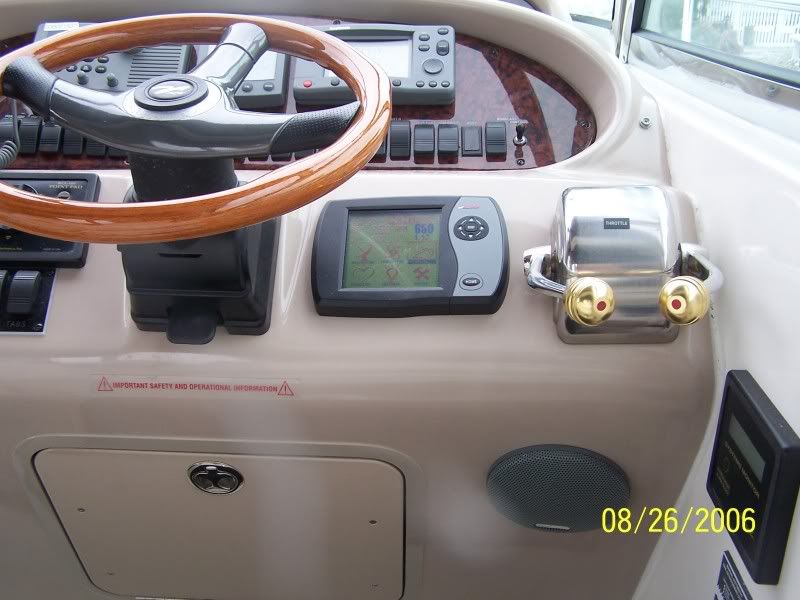lawndoctor
Active Member
- Jun 5, 2008
- 655
- Boat Info
- 2014 Princess 56 Fly & 2002 Sea Ray 225 Weekender
- Engines
- MAN R6 800s & Bravo III 5.0L
I bought a Kahlenberg air horn and am installing it before the season starts here. I plan to use a rocker switch for the air compressor, and use the original momentary horn switch on the helm to actuate a solenoid valve that will sound the horn.
In this configuration, the air compressor will come on from time to time to maintain pressure in the air tank, much like the water pump does to keep the fresh water system pressurized. I'm thinking of mounting the compressor and tank inside the helm console, where there is ample space and air circulation under the instruments.
My question is, how loud is the air compressor when it operates, that is, will the compressor be audible to people sitting in the cockpit, over the sound of the engine when I'm under way?
Thanks for your input and advice.
In this configuration, the air compressor will come on from time to time to maintain pressure in the air tank, much like the water pump does to keep the fresh water system pressurized. I'm thinking of mounting the compressor and tank inside the helm console, where there is ample space and air circulation under the instruments.
My question is, how loud is the air compressor when it operates, that is, will the compressor be audible to people sitting in the cockpit, over the sound of the engine when I'm under way?
Thanks for your input and advice.



